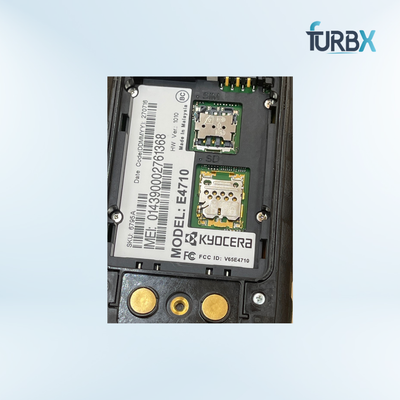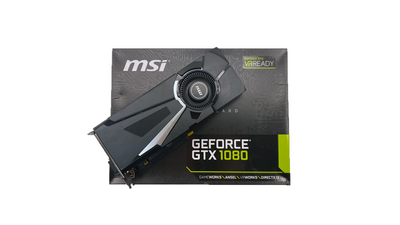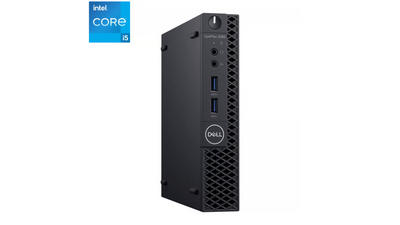Ad-Supported Cellphones: Everything You Need to Know
In today’s fast-paced digital world, staying updated with the latest technology often comes with a hefty price tag. But what if you could own a high-tech smartphone without burning a hole in your pocket? That’s where ad-supported cellphones come in—a concept that’s shaking up the market for budget-conscious shoppers. Let’s dive into what ad-supported cellphones are, how they work, their pros and cons, and whether they’re worth considering. By the end of this article, you’ll have a clear picture of whether this trend is right for you.

What Is an Ad-Supported Cellphone?
An ad-supported cellphone is a smartphone offered at a reduced price in exchange for displaying advertisements. These ads can appear on the lock screen, in notifications, or within pre-installed apps. The idea is simple: advertisers subsidize the cost of the phone, and in return, you agree to see targeted ads.
For example, imagine snagging a brand-new phone for half the price of a regular model. The catch? You’ll occasionally see ads pop up on your screen. For many, this trade-off is a small price to pay for significant savings.
How Do Ad-Supported Cellphones Work?
Here’s a breakdown of how these phones function:
-
Partnerships with Advertisers: Smartphone makers or carriers team up with advertisers to integrate ads into your phone.
-
Ad Placement: Ads show up in various places, such as the lock screen or within specific apps.
-
User Data Utilization: Advertisers use anonymized data, like browsing habits or location, to deliver ads that are more relevant to you.
-
Discounted Pricing: Thanks to ad revenue, you get a phone at a much lower cost—sometimes even for free.
Key Features of Ad-Supported Cellphones

-
Lower Costs: These phones are much cheaper than their ad-free counterparts, making them a great option for budget buyers.
-
Targeted Ads: The ads are designed to align with your interests, so they’re often more relevant.
-
Flexibility: Some brands allow you to pay a fee to remove ads if you change your mind later.
-
Pre-Installed Apps: Many ad-supported phones come with pre-loaded apps that display additional ads.
Why Choose an Ad-Supported Cellphone?

There are several reasons why these phones are becoming increasingly popular:
1. Affordability
If you’re on a tight budget, ad-supported phones offer an affordable way to own a high-quality device. For instance, a $1,000 flagship phone might cost only $500 with ad support.
2. Access to Premium Features
These phones often include high-end specs, so you can enjoy top-tier performance at a fraction of the cost.
3. Exclusive Deals and Offers
The ads sometimes include discounts or rewards, giving you extra value.
4. Choice of Opting Out
Some brands let you pay to remove ads later, giving you flexibility if you decide you no longer want the ads.
Potential Downsides of Ad-Supported Cellphones
While these phones can save you money, there are a few drawbacks to consider:
1. Privacy Concerns
Since ads are targeted, these phones may collect and use your data. While the data is often anonymized, privacy-conscious users might still feel uneasy.
2. Intrusive Ads
Ads can sometimes disrupt your experience, especially if they appear at inconvenient times or take up too much screen space.
3. Limited Options
Not every brand offers ad-supported models, so your choices might be limited.
4. Battery and Performance Impact
Ads running in the background can drain your battery and slightly affect performance.
Popular Brands Offering Ad-Supported Cellphones

Some big names have embraced this model. Here’s a look at a few:
1. Amazon’s Prime Exclusive Phones
Amazon’s Prime members can buy discounted phones that display lock-screen ads and come with pre-installed Amazon apps.
2. Google’s Ad-Based Model
Google experimented with ad-supported phones by integrating ads into its Pixel devices.
3. Samsung’s Budget Phones
Samsung has released some budget-friendly ad-supported models, making premium features accessible to more people.
4. Carrier Plans
Telecom companies like Verizon and T-Mobile offer ad-supported options for cost-conscious customers.
Should You Buy an Ad-Supported Cellphone?
Whether an ad-supported phone is right for you depends on your priorities. Here are some scenarios to help you decide:
When It’s a Good Fit:
-
You’re on a Budget: If saving money is your main goal, these phones are a smart choice.
-
You Don’t Mind Ads: If you’re okay with occasional ads and don’t find them too intrusive.
-
You Want High-End Features: If you want a premium phone but don’t want to pay full price.
When to Skip It:
-
You Value Privacy: If you’re concerned about data collection.
-
You Dislike Ads: If ads annoy you or disrupt your workflow.
-
You Need Maximum Performance: If you’re a power user, ads might affect your productivity.
Tips for Getting the Most Out of an Ad-Supported Cellphone
If you decide to go for an ad-supported phone, here’s how to make it work for you:
-
Pick a Trusted Brand: Choose reputable manufacturers to ensure quality and reliable software.
-
Manage Notifications: Adjust your settings to minimize interruptions from ads.
-
Track Data Usage: Keep an eye on how much data ads are using to avoid surprises on your bill.
-
Stay Open to Deals: Pay attention to ads that offer discounts or rewards—they can add real value.
-
Upgrade if Needed: If the ads become too intrusive, check if you can switch to an ad-free version by paying a fee.
The Future of Ad-Supported Cellphones
As the smartphone market becomes more competitive, ad-supported models are likely to grow in popularity. They offer a win-win for consumers and advertisers, making premium technology accessible to a broader audience. However, it’s essential to weigh the pros and cons carefully to decide if this model aligns with your needs and lifestyle.
In conclusion, ad-supported cellphones are a game-changer for budget-conscious tech enthusiasts. They’re affordable, feature-packed, and flexible enough to cater to a wide range of users. If you’re looking to save money and don’t mind the occasional ad, these phones might just be the perfect fit for you.
























